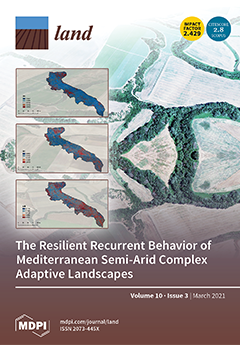Resource information
Soil microorganisms play an important role in agricultural ecosystems, but their response to organic fertilizer application has not been thoroughly elucidated. Thus, high-throughput sequencing was used to investigate the responses of soil bacterial to organic fertilizer amendment (composted from pig manure) in the field during the entire growth cycle of maize plants. Four treatments were studied: treatment with 2 kg·m−2 organic fertilizer application (OF_2), treatment with 4 kg·m−2 organic fertilizer application (OF_4), treatment with 6 kg·m−2 organic fertilizer application (OF_6), and a controlled treatment (CK) without fertilization. The results revealed that the bacterial richness in OF_2 was significantly lower than that of CK (p < 0.05). Soil eutrophication bacteria Bacteroidetes increased effectively in all fertilized soils, relative abundance in OF_2, OF_4, and OF_6 for the entire maize growth cycle was 68.00%, 71.40%, and 77.93% higher than that in CK, respectively. In addition, soil nitrobacteria (Nitrospirae, Nitrospira), were markedly decreased (p < 0.05) with fertilization amount. The relative abundance of the nitrogen-fixing genus Adhaeribacter in OF_6 was 209.28%, 72.8% and 35.66% higher than that in CK, OF_2 and OF_4 at mature stage. The pathogenic genus Flavolibacterium was significantly increased (p < 0.05) in fertilized soil at the seeding stage. The driving factor governing the variations of bacterial community in CK, OF_2, OF_4 and OF_6 were pH value, available phosphorus, available phosphorus, and chromium, respectively. The findings highlight that part of the soil functional or pathogenic bacteria population was susceptible to organic fertilizer application; and the driving factor of bacterial composition change was associated with the rate of fertilization. More targeted experiments are needed to enhance the understanding of functional bacteria and the synergistic effect of soil physicochemical property physical on soil bacteria.


